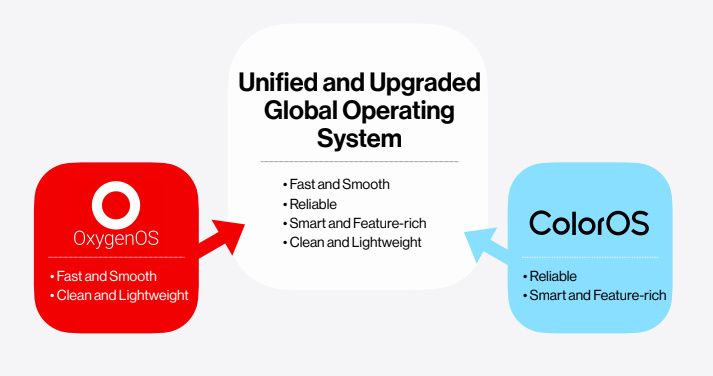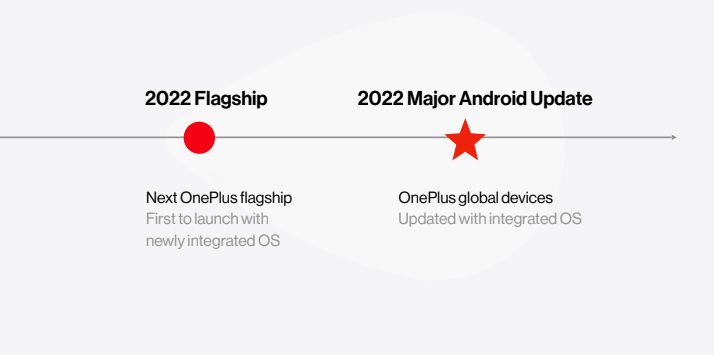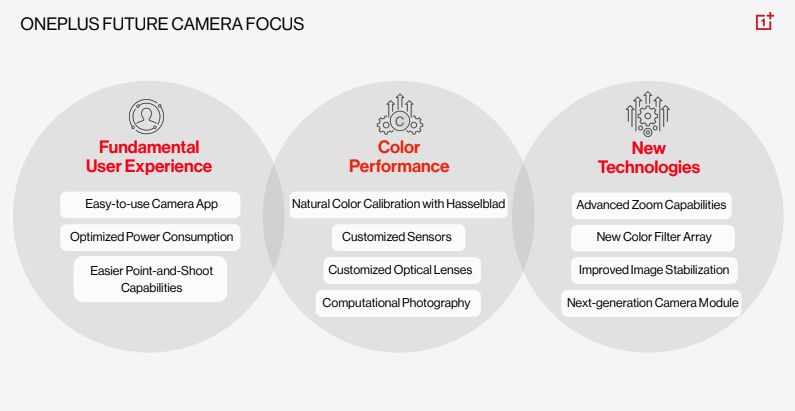In June, OnePlus and OPPO officially merged their product and R&D teams. A month later, OnePlus announced the merger of OxygenOS and ColorOS codebases. Now, OnePlus has shed more light on how this integration with OPPO will shape the hardware and software strategy of OnePlus and, more importantly, what it means for OnePlus fans and existing users. The highlight of this announcement is definitely the new unified OS for OnePlus and OPPO devices.
OnePlus 2.0
Pete Lau, Chief Product Officer of both OnePlus and OPPO, describes the integration with OPPO as a starting point of "OnePlus 2.0", indicating that it is a major milestone for the company. As far as products and services are concerned, Pete says OnePlus will stick to its "Never Settle" approach and burdenless design philosophy. Further, he says that OnePlus will continue to provide high-quality products at multiple price points "with even more competitive pricing." And yes, OnePlus will continue to allow users to unlock their bootloaders despite these changes.
The OnePlus design team, which used to be independent from OPPO, has been merged into a single, larger team, which now works on multiple different OnePlus and OPPO products. However, the marketing, branding, and PR teams for OnePlus are still independent and make their own decisions.
The new unified Global OS and OxygenOS 12
As mentioned, one of the key announcements today is the merger of OnePlus' OxygenOS with OPPO's ColorOS, going beyond the codebase integration that was announced previously. OnePlus says the new unified OS will combine the best of both worlds: the fast and burdenless experience of OxygenOS and stability and rich features of ColorOS. The company did not reveal the name of the new OS, though.
Pete reassured OnePlus fans that the new unified operating system “will keep the DNA of OxygenOS that many of you love so much.”
We will customize the unified OS specifically for OnePlus devices to make sure it meets your expectations, for example by keeping it as clean and lightweight as before, and continuing to support unlock bootloaders.
Although the codebase will be the same, we’re told that the UI on OnePlus and OPPO phones will be different; we'll have to wait and see how this gets executed. OnePlus also reiterated that it would not include ads in its software. Gary Chen, Head of OxygenOS, is currently overseeing the development of the unified operating system.
The unified OS will debut on the next OnePlus flagship, presumably the OnePlus 10, launching in 2022. Existing models, going back to the OnePlus 8, will also be updated with the new software, though no specific timeline has been shared on when that will happen. Finally, the company revealed that it would officially announce OxygenOS 12 based on Android 12 "in the coming weeks."
Doubling down on camera efforts
This year OnePlus entered a strategic partnership with the Swedish camera maker Hasselblad, which helped OnePlus tune the camera of the OnePlus 9 and OnePlus 9 Pro. OnePlus says this is a long-term partnership, adding that it will continue to work with the camera maker to improve color performance.
In addition, OnePlus says it will focus on improving the user experience of its camera app. The company also plans to invest in developing advanced zoom capabilities, a new color filters array, improved image stabilization, and next-gen camera modules.




